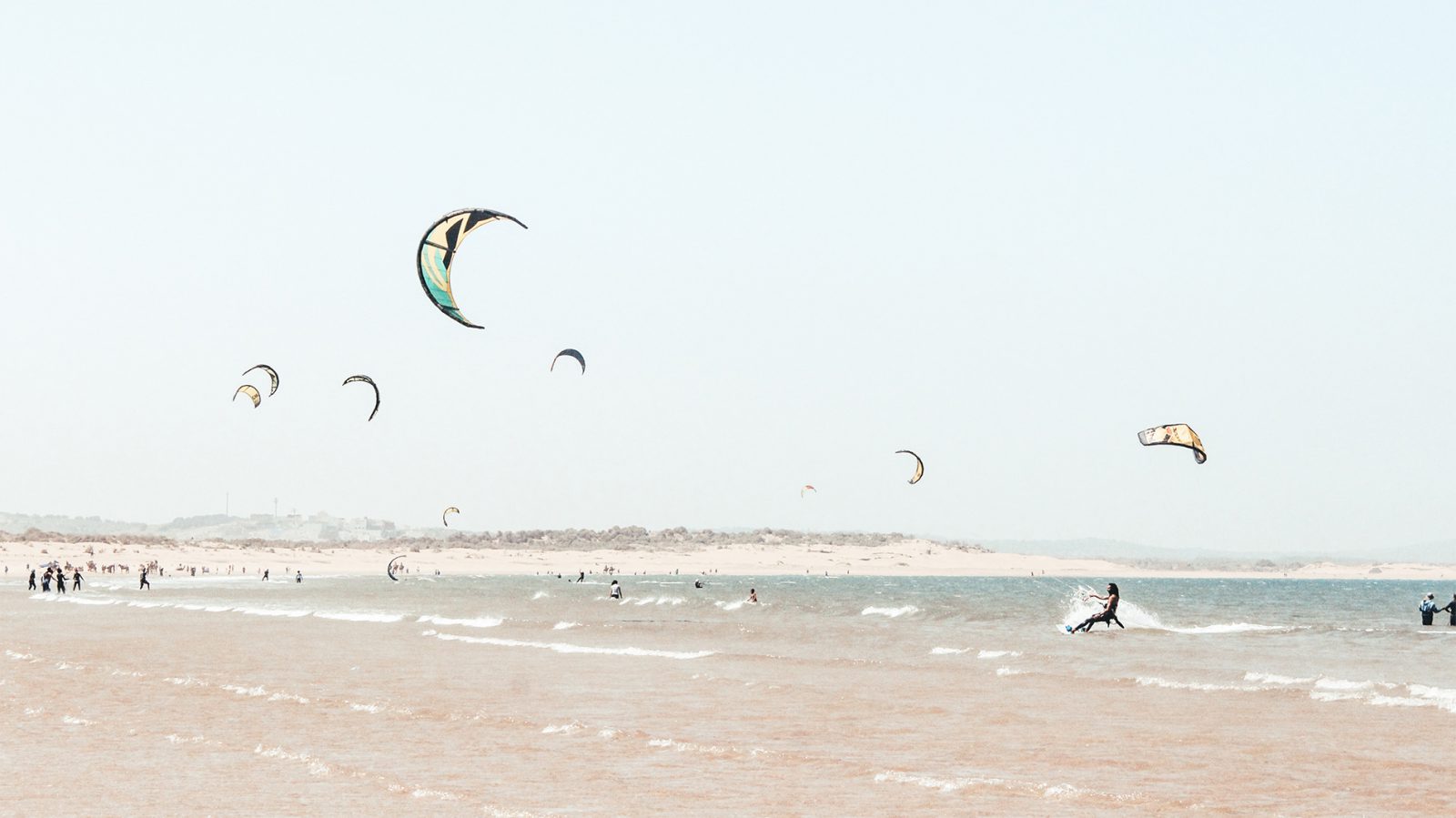1. Proactively assist other kiteboarders
Offer to assist other riders with launching and landing using reliable agreed upon visual and audible communications such as tapping the top of the head to indicate that you require assistance with landing a kite and the universal “thumbs-up” to indicate you are ready for your kite to be launched. NEVER release a kite for launch until you receive a clear thumbs-up signal from the kiter.
Whether you are starting out or are almost a pro, your help may avoid a serious incident/accident and future restrictions. NEVER grab the lines of a flying or powered kite. If you see someone putting your access at risk by poor practices, assemble several of your friends and have a friendly talk with the person. Show genuine interest followed by your concerns.
Riders are solely responsible for their safety and that of affected bystanders. If you are new to an area or visiting, seek out local kiteboarders, shops and/or associations and find out about local guidelines, cautions and tips BEFORE riding. Don’t ruin things for the local riders.
2. Get adequate training
Kiteboarders, particularly beginners, should seek adequate, quality professional instruction. Beginners must avoid crowded areas; particularly as kite control is still being developed. Beginners should body drag out at least 60m from shore prior to water starting and should always stay out of restricted beach areas. Be careful in your launch area selection and be willing to drive and walk a bit further to have access to safer conditions. Build your skill and experience carefully in side shore or side onshore winds less than 15 knots. Riders have been seriously injured by choosing poor launches when far safer conditions were relatively close by. Be particularly careful in new conditions and at the START and END of your riding session. Many accidents occur in these times even among experienced riders. In kiteboarding, “DISTANCE IS YOUR FRIEND,” so use it!
3. Kiteboard within your limits
Know your equipment’s limitations as well as your own. If you aren’t 100% healthy or in doubt, DON’T GO OUT! Don’t fly under the influence of drugs or alcohol. You should be comfortable with conditions and your gear otherwise, don’t launch and “live to fly another day”. Always maintain an energy reserve while kiteboarding. Hydrate regularly and wear adequate exposure clothing (wetsuit), to deal with unexpected time in the water. Cold-water kiteboarding requires additional critically important precautions as compared to warmer conditions and are beyond the scope of these guidelines. Don’t kiteboard alone or further from shore than you are readily able to swim in from.
4. Always use a kite leash and quick release
We recommend HELMET and IMPACT VEST. Make sure you have proper safety equipment, such as a tested, well maintained kite depowering leash securely attached to your harness, a quality, well fitting helmet and impact vest. Most kiteboarding fatalities involve head injury. A good helmet for kiteboarding, MAY aid in reducing injury and improve the chance of survival in many but not necessarily all impacts. Regularly test and maintain a reliable chicken loop or kite depowering quick release. Relying upon manual unhooking alone to release your bar is UNRELIABLE based upon the accident experience. The rider needs to understand and accept that in an emergency, this quick release MAY NOT be accessible or function correctly in the critical seconds of the emergency. It is up to the rider to do everything possible to avoid the emergency in the first place and to aid proper function of the release through practice and maintenance.
5. Launch, ride and land well away from bystanders
Give way to the public on the beach and in the water at ALL TIMES. Be courteous and polite to bystanders. Complaints have frequently led to bans and restrictions on kiteboarding in some areas and continue to do so, on a regular basis. NEVER launch, ride or land upwind of nearby bystanders. While it may not always be possible, work to keep a minimum 100 m buffer zone from bystanders. Use assisted launching and landing techniques where possible
6. Be aware of the weather
Is the forecast and current weather acceptable, free of pending storm clouds and excessive gusty winds? Lightning can strike well ahead of approaching storm fronts. Static electricity in the air is a clear sign of an impending lightning strike. Get out of the water well ahead of storm fronts. Colour radar can sometimes give a clue as to violent storm/gust potential. Are seas and wind condition within your experience, ability and appropriate for your gear? New kiters should practice in lighter, side or side onshore winds. Onshore winds have a much higher injury rate even among experienced riders and should be avoided. Offshore winds should be avoided in the absence of a chase boat. If storm clouds are moving in, land and thoroughly disable your kite well in advance of any change in wind or temperature, if necessary totally depower your kite by using your kite leash while still away from shore. Lightning can strike many miles ahead of storm clouds. Learn about unstable weather in your area and work to avoid squalls and storms through TV, radio and Internet information.
7. Sailing and Powered craft
Never force your right-of-way over other craft when on the water. Wind shadows and wake chop can cause you to lose control of your kite and end up in the path of other watercraft. Also, as large boats require extra time to avoid collision, it is especially unwise in this situation. NSW Waterways regulations require that no matter who has designated right of way, all watercraft must avoid potential collisions in all circumstances. If a potential collision appears to be developing, change direction briefly, giving clear indication of your intent to let the other craft pass, at least 100m from an intersecting boat and allow large boats to pass without causing them to alter course.
Never force your right-of-way on boats engaged in racing. This is potentially very dangerous since they will expect you to get out of their way. Sailboats running with the wind can move very fast and have limited manoeuvrability. Keep well clear.

